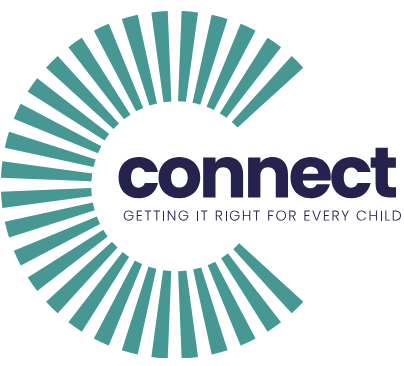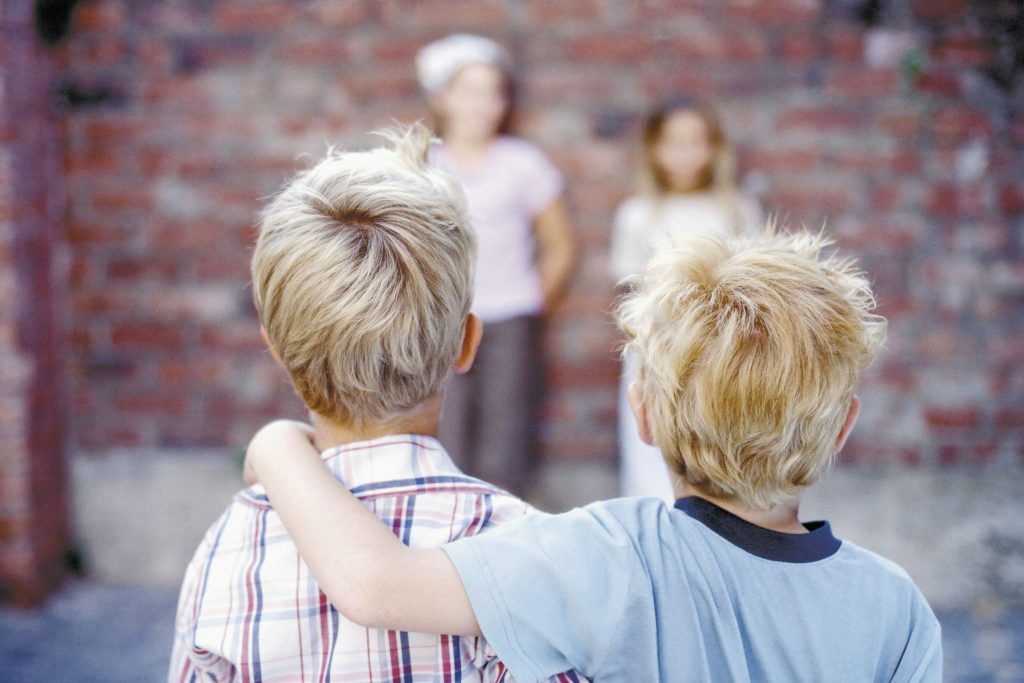Schools play a central role in the Getting It Right for Every Child (GIRFEC) framework, helping to ensure that children’s wellbeing is supported in an environment where they spend a significant portion of their time. By using GIRFEC’s principles, schools can create a safe, nurturing, and inclusive space for every pupil.
How GIRFEC Works in Schools
- The Named Person: For school-aged children, the Named Person is often a teacher or headteacher who acts as a key point of contact for families and pupils.
- SHANARRI Indicators: Teachers are trained to recognise and address issues that might affect a child’s wellbeing, from academic struggles to emotional or physical challenges.
- Collaboration: Schools work closely with parents, healthcare providers, and social workers to ensure children’s needs are met.
Examples of GIRFEC in Action at School
- Identifying Issues Early: A teacher notices a student is unusually withdrawn and struggling to concentrate. By involving the Named Person and working with the family, they discover the child is dealing with anxiety and develop a plan to provide emotional support.
- Tailored Learning Plans: For a child with a learning disability, the school develops an Individualised Education Programme (IEP) as part of the Child’s Plan, ensuring the right classroom strategies are in place.
- Promoting Inclusion: Schools organise activities and events to ensure every child feels included and valued, fostering a positive school culture.
Why GIRFEC is Essential in Schools
By integrating GIRFEC into daily practice, schools provide more than just education—they create a supportive environment where children can thrive academically, socially, and emotionally.




